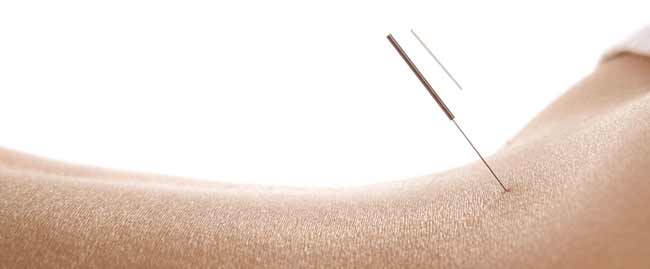Pain is Partly in Your Mind

Pain may not be all in your mind, but some of it is.
A bizarre new study of people with chronically achy hands found that how subjects literally saw their hands changed their perception of pain.
Researchers had 10 subjects watch their own hands while performing a 10-step test that caused pain every time. Participants each did the test four ways: looking as normal with their own eyes, looking through binoculars with no magnification, looking through binoculars that doubled the apparent size of subjects' arms, and looking through inverted binoculars that reduced the apparent size of subjects' arms.
The pain increased more when participants viewed a magnified image of their arm during the movements. When they did the movements while watching through inverted binoculars, the pain was reported to be less, and actual measurable swelling was less, too.
The scientists don't know for sure what's going on. They think it might have to do with how our brain perceives danger: "If it looks bigger, it looks sorer and more swollen," said G. Lorimer Moseley of the Prince of Wales Medical Research Institute in Australia. "Therefore, the brain acts to protect it." That does not necessarily mean the pain is actually greater, Moseley said.
Scientists do not fully understand how pain works. But the new finding, published in the Nov. 25 issue of the journal Current Biology, might lead to new ways to treat chronic pain, which affects about 75 million U.S. residents.
"The brain is capable of many wonderful things based on its perception of how the body is doing and the risks to which the body seems to be exposed," Moseley said.
Get the world’s most fascinating discoveries delivered straight to your inbox.
- Video: All About Arthritis
- Why Does Ice Cream Cause Brain Freeze?
- 5 Painful Facts You Need to Know
Robert is an independent health and science journalist and writer based in Phoenix, Arizona. He is a former editor-in-chief of Live Science with over 20 years of experience as a reporter and editor. He has worked on websites such as Space.com and Tom's Guide, and is a contributor on Medium, covering how we age and how to optimize the mind and body through time. He has a journalism degree from Humboldt State University in California.



